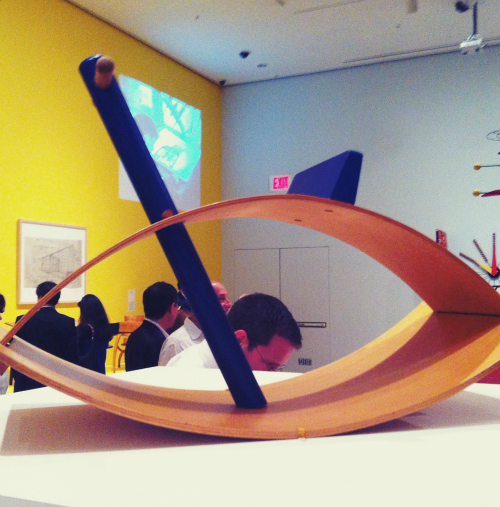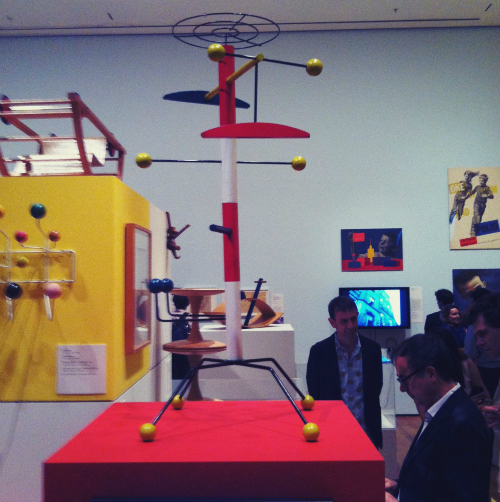
Yesterday, I (Eva) shared what osteopath Juliana Hounsfield of The Family Practice in Bristol told me about how babywearing benefits parents and babies. I also asked Juliana how we can be sure that we're carrying our babies safely and comfortably. She gave her thoughts:
"At the Family Practice, we see many adults who come in as a result of caring for children.
There are so many ways in which adults hurt their backs or necks while caring for their babies and young children, especially as parents are often tired, lacking time to stay fit, strong and flexible.
However, there are a few ways in which we can make life with babies and children easier and help them avoid hurting themselves.
Make sure your sling is well-fitted
I believe that using a well-fitted sling that goes over both shoulders, with the baby or child facing the parent, can reduce injury, pain and fatigue suffered by parents.
The adult can then carry their child all day if they desire. The sling helps distribute the babies weight evenly. By keeping the baby close, the postural muscles of the body work less hard to keep you upright. The further away a baby is from the adult's centre of gravity, the quicker the adult will fatigue and suffer from strain.
The sling must be fitted so that the baby doesn't wobble when you lean forward. It must be high enough to support the baby's head. Only then will the parent and child move freely and symmetrically, so they can be symptom-free.

Your carrier must satisfy your baby's criteria
1. High and supportive enough to hold the head well
2. Tight enough to hold the baby close to your chest
3. Allowing knees and hips to be at approximately 90 degrees
The baby has a heavy head in comparison to its body. At first, it is unable to hold the head by itself. As a child gets older, the sling must still be able to hold the head if the child falls asleep, to prevent straining the neck.
The spine needs to be supported so that the baby doesn’t slouch and compress its chest and abdomen.
A baby in your arms will naturally pull its legs up and straddle your body. The legs get pulled up to support the baby's body and balance. When using a sling, the same should be possible. This agrees with the baby's anatomical make-up and supports proper hip development.
(Eva: The TICKS Rules for Safe Babywearing * is a great reference guide for anyone wanting to carry their baby)
A special note about hip dysplasia
Hip dysplasia is a comprehensive term that has been used to include a spectrum of related developmental hip problems in infants and children, often present at birth.
It can be either congenital (CHD) or developmental (DDH). It occurs when the top of the femur (leg bone) is not properly located in the hip socket or not located where the hip socket is expected to develop.
It is well-known that in cultures that practice infant swaddling and using cradle boards to carry their babies, the incidence of hip dysplasia is very high.
On the other hand, cultures that carry their babies astride the mother's backs have a low incidence of hip dysplasia.
Hence, it appears logical to discourage putting the baby's legs in the extended position and to keep baby's hips spread apart. This latter position places the head of the femur (the ball) against the acetabulum (the socket), and encourages deepening of the socket.
A good sling will give you a tool for enabling your child to journey painlessly with you throughout the day, passively going where you go, doing what you do, hearing what you say, seeing how you react and feeling your heart beat.
Your child will be part of your life but protected from it too. The sling will give your baby the chance to wake up slowly, to become aware of the world in its own time, whilst learning the rhythms and movements of life through the parent."

Love, Eva.
* TICKS was co-written by Born's Buyer Becky Ward
















